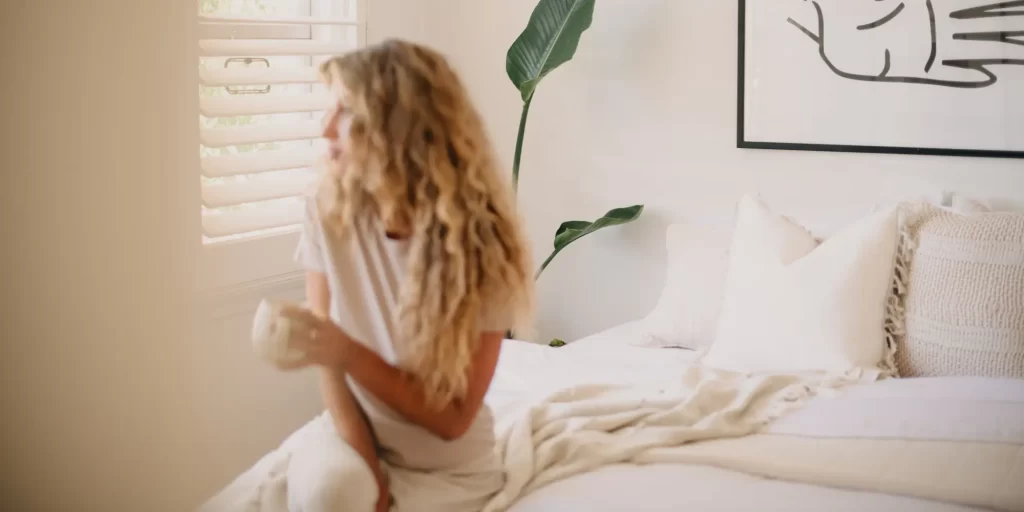
100 NIGHT MONEY BACK GUARANTEE
FREE SHIPPING ON ORDERS OVER $75
OVER 9,500 ORDERS - STORE RATING 4.9/5
WE GUARANTEE YOUR BEST SLEEP

In a world grappling with the cost of living crisis, the desire for sustainable living may seem like a luxury beyond reach. But the truth is, making eco-friendly choices can save you money in the long run. In this blog, we’ll explore how you can embrace sustainable living on a budget, making mindful choices that minimise your environmental impact and help you manage your finances more effectively.
Eco-Friendly Home:
Creating an eco-friendly home doesn’t have to break the bank. There are simple, cost-effective changes you can make to reduce your environmental footprint. Consider switching to energy-efficient lighting, which uses significantly less electricity and lasts longer than traditional bulbs. Low-flow faucets can help you save on water bills while conserving this precious resource. Small, budget-friendly steps like these can make a big difference in the long term.
Budget-Friendly Bamboo Bedding:
As we explore sustainable living, remember the importance of a good night’s sleep. Bamboo bedding is a cost-effective way to embrace eco-friendly choices without compromising comfort. Affordable bamboo bedding options offer the perfect balance of sustainability and budget-consciousness. Bamboo’s durability ensures that your investment lasts, saving you money. Incorporate bamboo sheets and duvet covers into your bedroom design while saving money and reducing environmental impact.
Here are some tips on incorporating budget-friendly bamboo bedding into your sustainable bedroom design:
DIY Upcycling:
One person’s trash is another person’s treasure, and that saying holds for sustainable living on a budget. Embrace the world of DIY upcycling to give old furniture and decor items a new lease on life. The possibilities are endless, whether refinishing an old wooden chair, repainting a coffee table, or transforming mason jars into decorative storage containers. DIY projects save you money, reduce waste, and promote a sense of accomplishment.
Thrifting and Secondhand Shopping:
Thrift stores, garage sales, and online marketplaces offer many eco-friendly bargains waiting to be discovered. Choosing secondhand furniture and clothing saves money and reduces the demand for new items, which can have a significant environmental impact. Take your time to explore these options and hunt for unique, budget-friendly finds that fit your sustainable living goals.
Sustainable Gardening:
Starting a small vegetable or herb garden is a budget-friendly way to embrace sustainable living. Homegrown produce reduces your grocery bills and minimises the carbon footprint of transporting food long distances. Gardening provides an opportunity for connecting with nature, saving money, and promoting self-sufficiency.
Minimalism and Decluttering:
Simplifying your possessions and decluttering your living spaces is essential to sustainable living. By reducing consumption and letting go of items you no longer need, you free up budget resources for more sustainable choices. A minimalist lifestyle encourages conscious consumption and helps you make room for what truly matters.
Sustainable living on a budget is possible but also practical and rewarding. By making mindful choices, embracing affordable eco-friendly options like bamboo bedding, and exploring budget-conscious ways to repurpose and thrift, you can lead a more sustainable life while keeping your finances in check. These small, everyday decisions can collectively make a significant impact on the environment and your wallet.